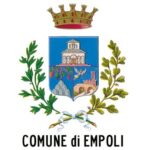Would you ever have imagined that you could find art treasures in Empoli like the ones in the Museo della Collegiata di Sant’Andrea? And did you know that artists such as Pontormo and Ferruccio Busoni were born in this city or that an entire museum was dedicated to the history of the famous Empoli glass? If the answer to these questions is no, then you need to plan a visit to Empoli’s museums. Here are some suggestions to organize a cultural tour through art, history and local traditions.
If you love art in all its forms and are visiting Empoli, the Museo della Collegiata di Sant’Andrea is a must-see. There, you can admire frescoes, paintings, sculptures, reliefs and glazed terracottas, most of which originally came from churches and monasteries in Empoli and its environs. Here we find masterpieces made between the late Middle Ages and the Renaissance by famous artists such as Masolino da Panicale, Giovanni Pisano, Mino da Fiesole, Bernardo and Antonio Rossellino, Lorenzo Monaco, Filippo Lippi and Andrea della Robbia. Visiting the galleries of this historical museum (founded in 1859), it feels as though you are passing through the centuries, seeing the most important developments in figurative art unfold as it abandoned the features of the International Gothic during the 15th century and headed towards and into the Renaissance.
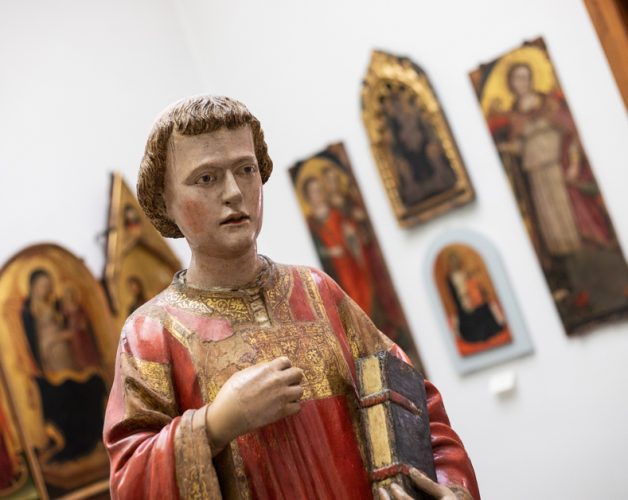
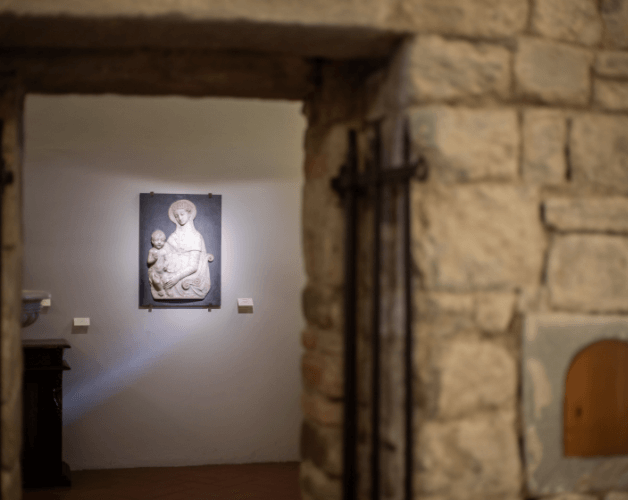
The museum ticket also includes a visit to the nearby church of Santo Stefano degli Agostiniani, where you will find traces of what must have been an extraordinary fresco cycle painted by Masolino in 1424.
The museum is open every day, except Monday, from 10.00 to 19.00 and is practically attached to the Collegiate Church of Sant’Andrea, you just have to visit it!
During the first decades of the 20th century, Empoli achieved some degree of renown for its unique production of everyday and art glass. For decades, the glassworks were the distinguishing characteristic of the city skyline, along with the bell towers of its most important churches. Today, this production has been marginalised by industrialisation, the rise of plastic and the economic and social changes that have marked recent decades, but the memory of the local glass tradition is passed down through Empoli’s glass museum, the Museo del Vetro di Empoli. You can add it to your Sunday stroll through the city’s old town or book a tour with one of the museum’s guides, who will tell you the story of Empoli glass and the secrets of its colour and production.
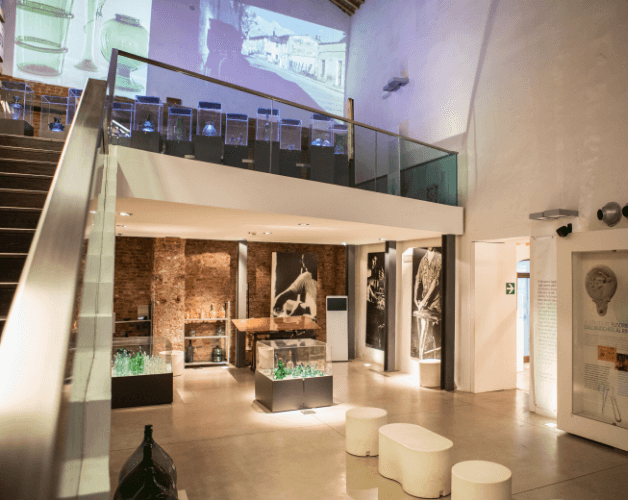
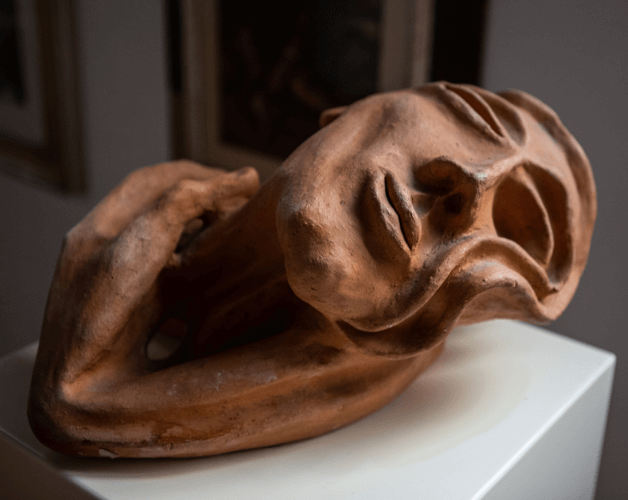
Still linked to the twentieth century, the collection of the Gallery of Modern Art and the Resistance, now exhibited in the municipal halls of Via G. Del Papa, n.41 and can be visited by appointment. Established in the 70s, the Gallery collects numerous works by the artists of the Scuola Empolese of the twentieth century, including those of Virgilio Carmigani, Sineo Gemignani, Nello Alessandrini, Mario Maestrelli and Gino Terreni, deeply linked to the memory and history of the last decades of our city.
Jacopo Carucci was born in 1494 in Pontorme and grew up to become one of the most celebrated painters of his time, under the name Pontormo. . His masterpieces are preserved in the world’s greatest museums and decorate villas and churches in Florence and its environs. In Pontorme, there are two splendid panel paintings by the artist in the church of San Michele, representing Saints Michael and John the Evangelist, while his childhood home, Casa Natale, tells the story of his life and art through documents, drawings and multimedia installations.
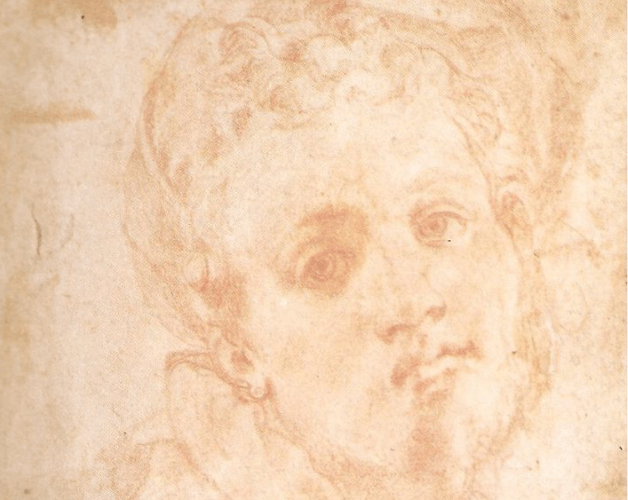
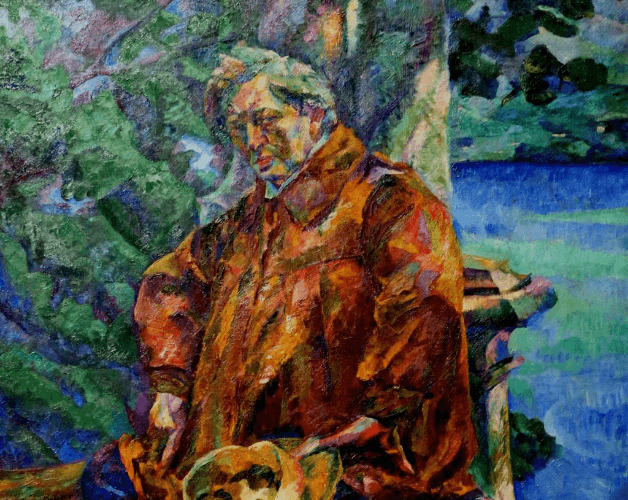
Ferruccio Busoni, nicknamed the prince of modern pianists, was born in 1866 in Empoli and raised in a modest home overlooking Piazza della Vittoria that is now a museum devoted to the luminary. Born into a musician family and gifted with extraordinary talent, he lived in many European cities and soon became a renowned pianist. He was also a teacher and composed works for piano, orchestra and the theatre. Casa Busoni is filled with documents, memorabilia, photographs and musical scores that help reconstruct the life and work of this extraordinary musician and his time.
If you are looking for ideas about how to spend a few hours doing something cultural with your children, you could start with a visit to the palaeontology museum, the Museo Civico di Paleontologia, in Palazzo Ghibellino in Piazza Farinata degli Uberti. There, you will find fossils and rocks from all over the world that together document the last 2 billion years of Earth’s history. In rooms set up with dioramas, exhibits and educational panels, you will learn about the work of palaeontologists, the process of fossilisation, the birth of the Solar System and the evolution of life and human beings on our planet and, more specifically, our region. You may also book tours and educational workshops for families that make the visit even more engaging.

There are lots of events, activities and tours offered throughout the year for adults and children. Before your visit, check to see what’s on offer at the website!
